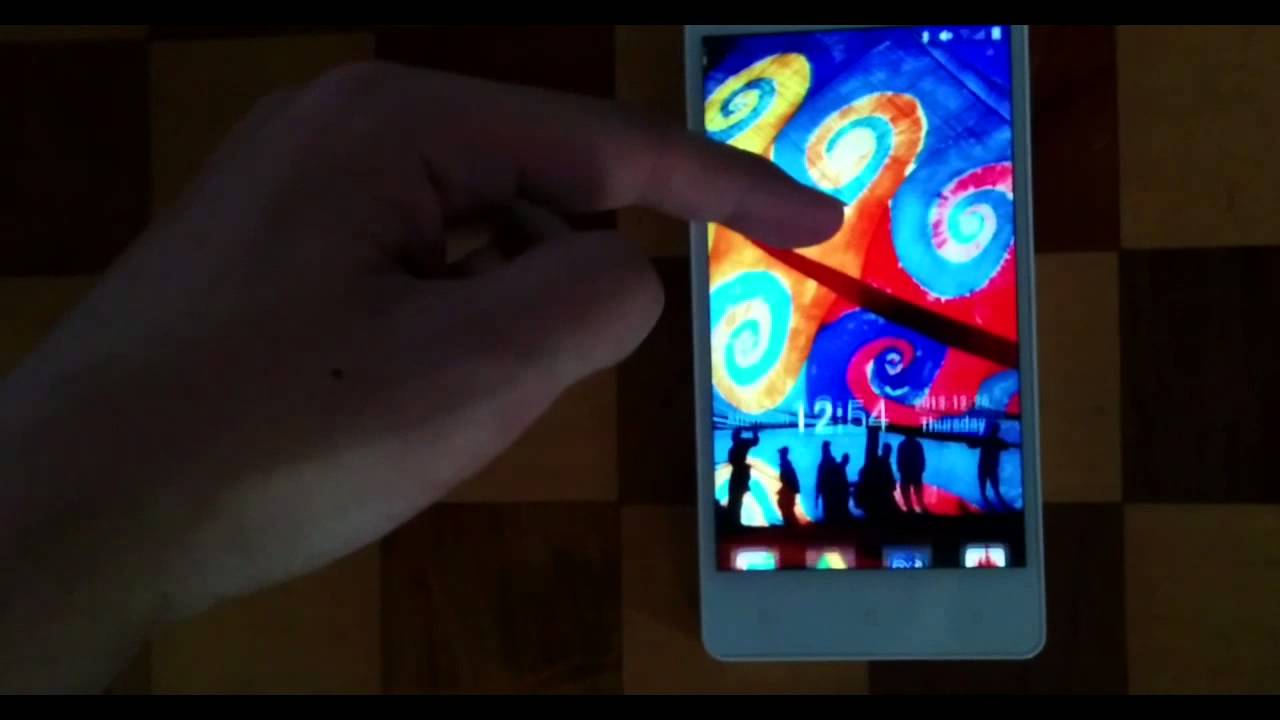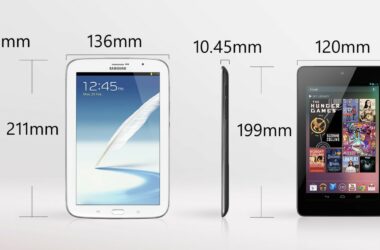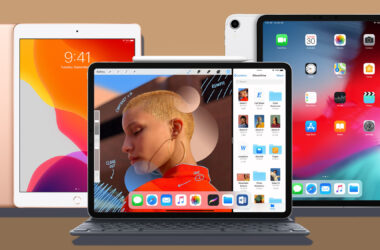The smartphones from Blackberry have always been considered business phones.
However, the company has made efforts to change its identity due to increasing competition in the smartphone arena. In order to survive in the market, the smartphones are to be manufactured and produced keeping in mind the requirements of the general masses and not just one segment. Blackberry may be late to catch that, but the changes made in terms of its operating system paid well for the company. The release of Blackberry Q10 smartphone brings the company back in the smartphone race.
However, the Chinese company Gionee is not far behind with its release, the Elife E6 smartphone, offering new ideas in the smartphone arena. The smartphone was released in 2013, similar year of release for the Blackberry Q10 smartphone. Let us compare the two smartphones in terms of their design and display.
Design
The Gionee Elife E6 smartphone comes with extremely thin bezels, providing the handset with a thickness of only 7.9 mm. The smartphone measures 142.5mm in stature and 69.4mm in breadth. In comparison, the Blackberry Q10 smartphone comes at a thickness of 10.4mm. The Q10 is notably chunkier than the E6 smartphone, primarily due to the traditional physical QWERTY keypad, incorporated in the Q10 smartphone. In comparison, the Elife E6 is equipped with a touch display, which supports its responsive touch controls. The Blackberry Q10 smartphone measures 119.6mm in stature and 66.8mm in breadth, which is considerably smaller than its counterpart, the Elife E6. However, the compact body of the Q10 smartphone provides the user with a solid handset, which the Blackberry is renowned for in the smartphone arena. Blackberry values tradition and the QWERTY keyboard of the Q10 without hardware call keys and track pad is the proof of it. A radical change made to the Q10 design, which leaves no room for experiments with the design henceforth. More enhancements on the design include absence of metal frame around the chassis, providing the smartphone with a more compelling look. The Q10 offers a more simple design, based on clean lines.
The QWERTY keyboard on the front comes in straight lines. The rear panel is manufactured from some composite material, providing the rear panel with a pleasing rubbery finish. The curved design of the handset provides the user with a comfortable handling experience along with a secure grip.
Display
As said earlier, the Q10 comprises of a simple design in a compact body. This results in the Q10 comprising of a mere 3.1-inch display. The display is definitely short, as compared to touchscreen smartphones presently available in the market. Moreover, another drawback of the 3.1-inch touchscreen of the Q10 is its resolution. The Super AMOLED display comes with a resolution of 720p, along with a pixel density of 328-ppi. However, considering the screen size, the resolution and pixel density may be perfect on the Q10 smartphone, but not as impressive as the Full HD resolution of the Elife E6 smartphone. Regardless, the high quality contrast and the outdoor eligibility of the Q10 smartphone comes near the Retina Display territory. The E6 comes with a 5-inch IPS display, which has become a standard screen size for most flagship smartphones for various companies.









